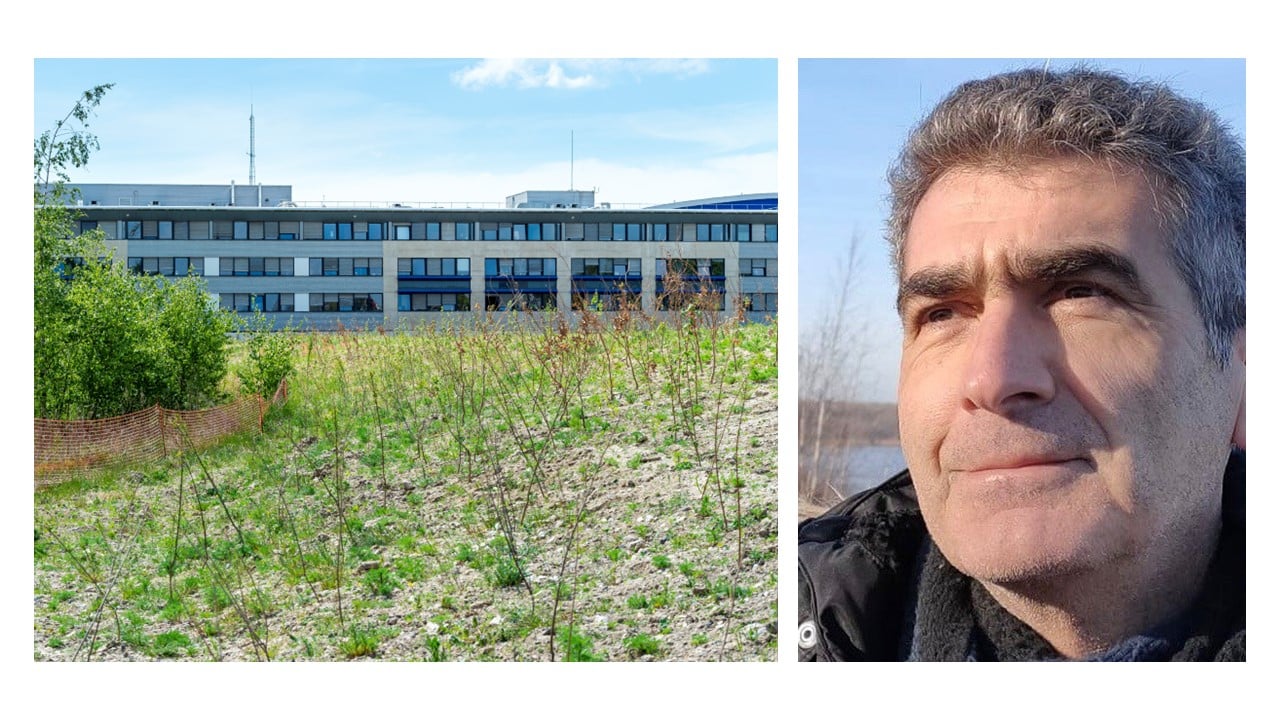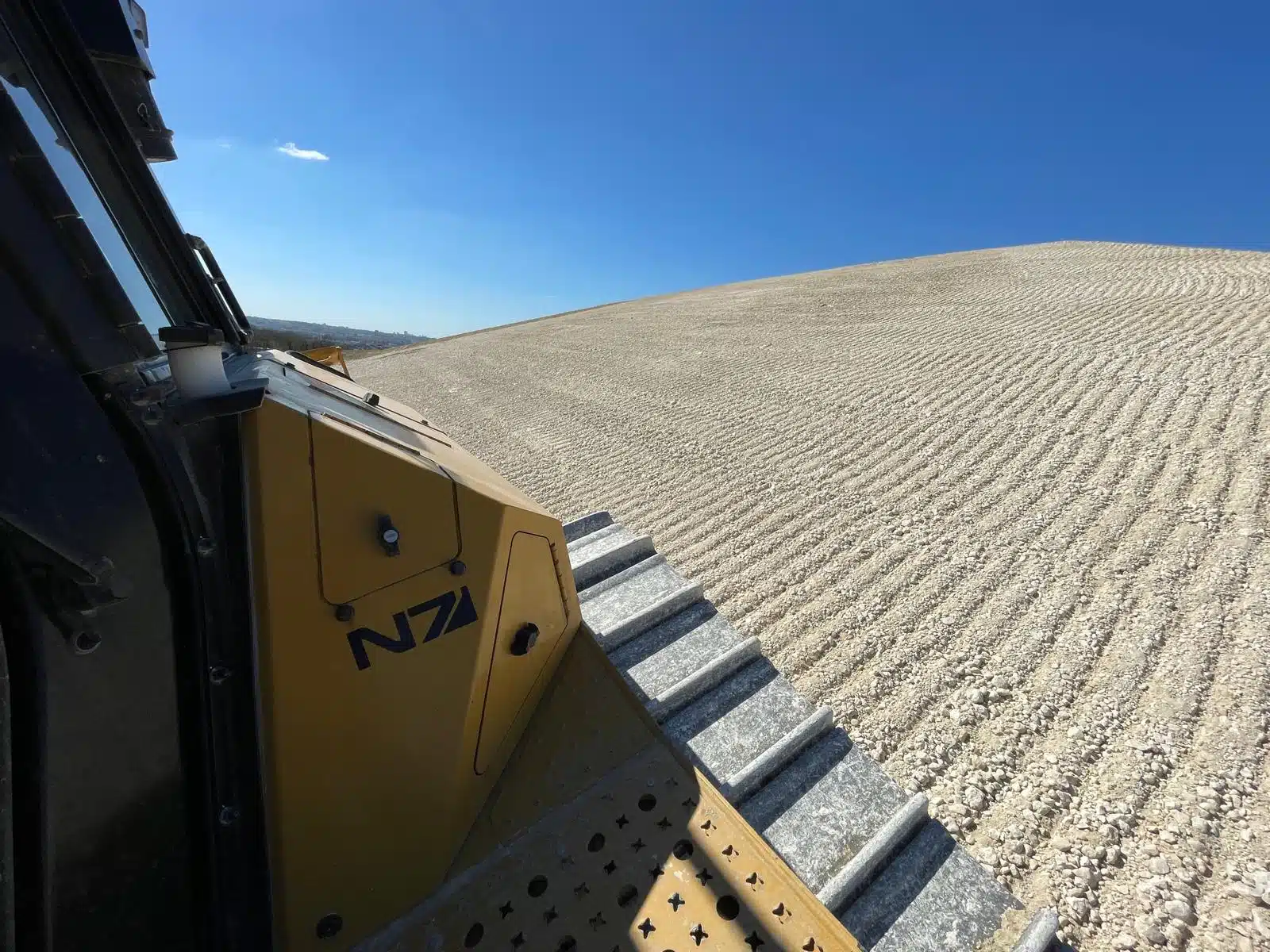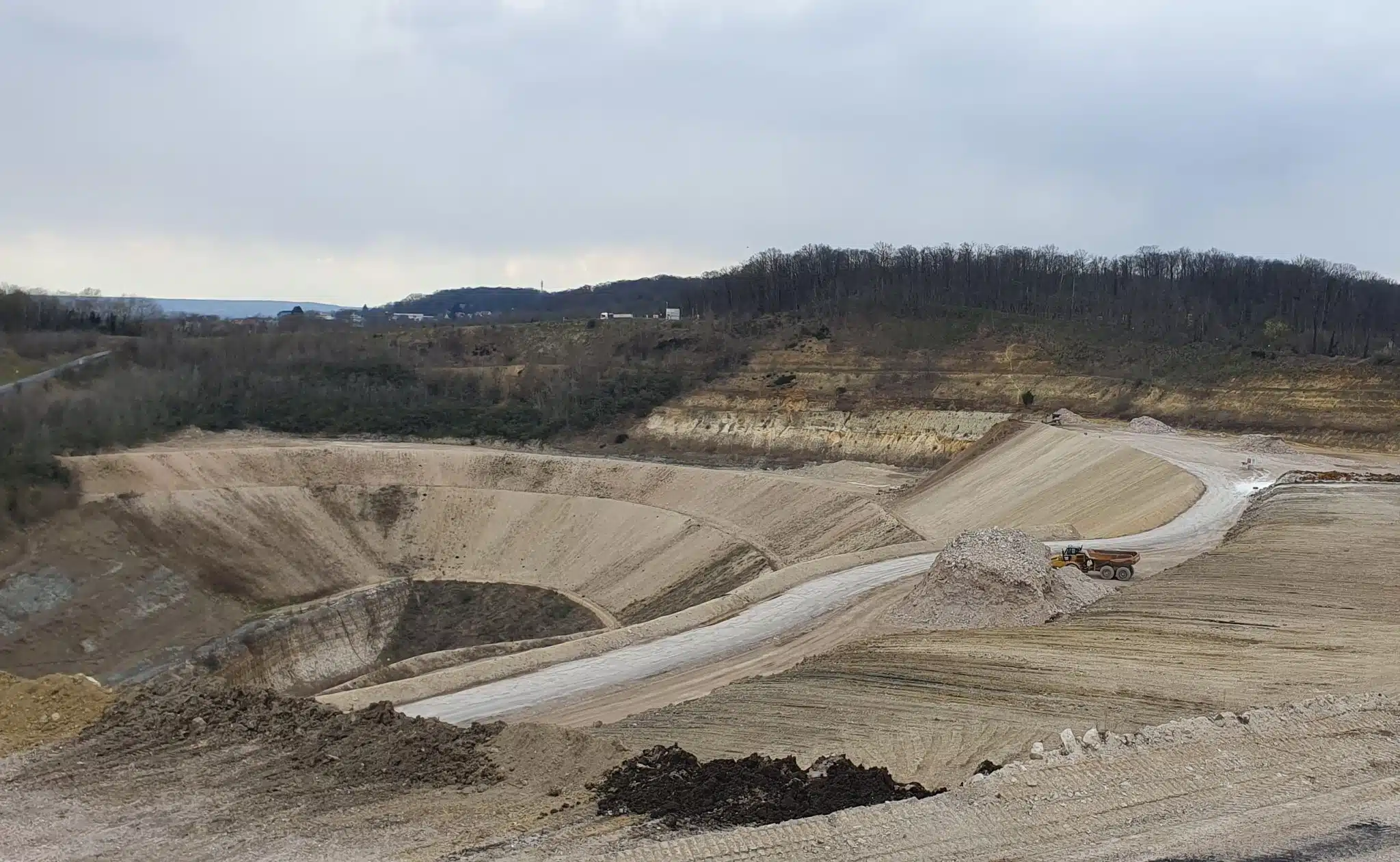5 months after you joined the company, what biodiversity issues might an ecologist discover on ECT sites?
I joined a company that was already concerned about biodiversity. It’s a pleasure to discover and support colleagues who are integrating this issue into their work.
Biodiversity is thus an integral part of our entire production and value chain:
- At the outset of projects, in site surveys. The sites we work on can have their own biodiversity.
- When building the project with soil inputs. Particular attention is paid to the management of invasive exotic species, the restoration of soil fertility and the traceability of land brought in.
- In the creation of the models, landscapes and ecological infrastructures that we create and then entrust to our partners.
On top of that, everything is standardized, labeled, monitored and evaluated. Working in a a committed company pour la nature ” with the OFB (French Office for Biodiversity) and the Ministry of Ecological Transition is also proof of a desire to do things, to do them better and to share our initiatives.
Biodiversity, landscapes, land and soils seem to me like the amino acids that make up the company’s DNA. Of course, we do much more than simply comply with legislation. Many of the actions are voluntary (restoring habitats, creating shelters for chiropterans, taking pollinators into account, etc.). Sharing these major local and global issues with colleagues and partners, and co-constructing great projects, makes us proud of what we do.
My mission is to continue and amplify the awareness that already exists. Our achievements (afforestation, seeding, control of IAS, habitat creation, compensation, etc.) will, I hope, be even more effective. We’d be delighted to share them with you. JI hope that we will become better known and recognized for our work on biodiversity, as well as for our efforts to combat climate change.
2. What can ECT offer the regions of Hauts-de-France?
The northern part of the Hauts-de-France region has a rich industrial past. The discovery and exploitation of coal, and the development of industries that use this abundant energy source (iron and steel, metallurgy, etc.), have unfortunately had a major impact on the Nord and Pas-de-Calais regions, along with the recession. Many industrial and even urban wastelands are located here. This forced the region to organize itself to deal with them and create ad hoc tools.
The EPF des Hauts-de-France is a good example of how the State and local authorities (mainly the Region) can help. Created in 1990, it helps to redevelop a number of derelict areas. ECT has a role to play in complementing or paralleling government intervention.
After any deconstruction work, the “soils” in place on many fallow land areas are often anthroposols: low-fertility industrial or urban soils made up of fill or even demolition waste. ECT, for land that is not intended for housing or economic development, can therefore contribute, as we did in our first intervention, to Lens (urban forest on the Van Pelt site) an appropriate response to the development of new uses and to help shape the new trajectory we wish to give the space.
The use of excavated soil from construction sites appears to be a good support for sports, recreational, productive or natural developments. We can thus create, at no cost to the community: bike paths (trials, bicross, etc.), green spaces, vegetable production areas (social inclusion vegetable gardens) or more natural spaces (woodlands, meadows, orchards, etc.).
In this way, ECT contributes to enhancing the attractiveness of local areas and improving the quality of life for local residents.
Our “service offers” are therefore aimed at any non-built project, provided that the project desired by the partner (local authority, social landlord, developer, association, etc.) is based on a relief. The creation of (heavily wooded) forests or urban parks is a local response in the fight against the collapse of life and global warming.
We are also interested in supporting local authorities working in renewable energy production. For example, ECT can create platforms for photovoltaic power plants (with south-facing terraces, for example) or growing media to produce biomass energy (wood, short rotation coppice, etc.).
Working with public and private developers should also enable us to create value ahead of time, by building green spaces or soundproofing merlons to accompany the new homes and neighborhoods before they are built. This will enable us to offer future residents a structured living environment.
Creating green spaces in advance is a revolution in the way urban planning is done, and also appears to be a way of combating climate change.
3. So, happy to have joined ECT?
Yes, I’m very happy to have joined a dynamic company. I appreciate the warm welcome I’ve received, the wealth of situations and partnerships. I work with interesting and often fascinating people from a wide variety of backgrounds and professions. Coming from the public sector (local authority then state-owned public establishment), I also appreciate the company’s speed in the decision-making chain, especially when it comes to carrying out certain projects (probably the simplest ones).
ECT overturns the image I had of private companies, because we also serve the public interest. ECT intervenes to provide a service to territories and to resolve situations deemed unsatisfactory. I like it and it’s not too different from my previous jobs and missions where the collective interest was paramount.
ECT contributes to the well-being of residents and the attractiveness of local areas by proposing, co-constructing and implementing useful projects. The collaborative, iterative approach to developing projects with stakeholders is also rewarding. These are opportunities for exchange, social bonding and even moments of complicity.
I continue to work on concrete projects with technicians and elected representatives from local and regional authorities, as well as with associations, particularly those involved in social integration. Proposing, carrying out or supporting the realization of projects is always an exciting adventure.



